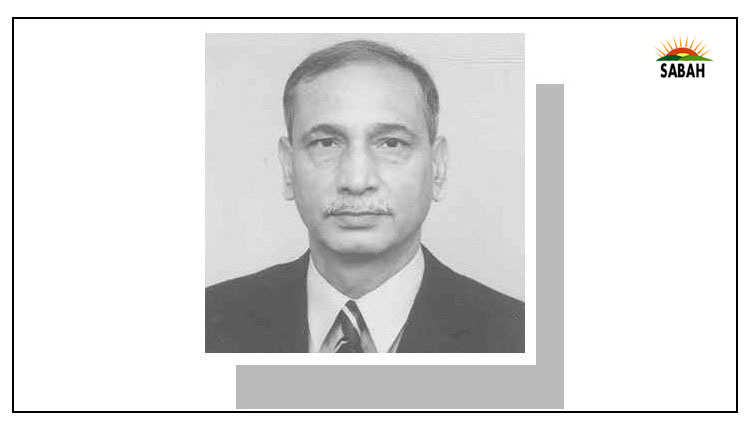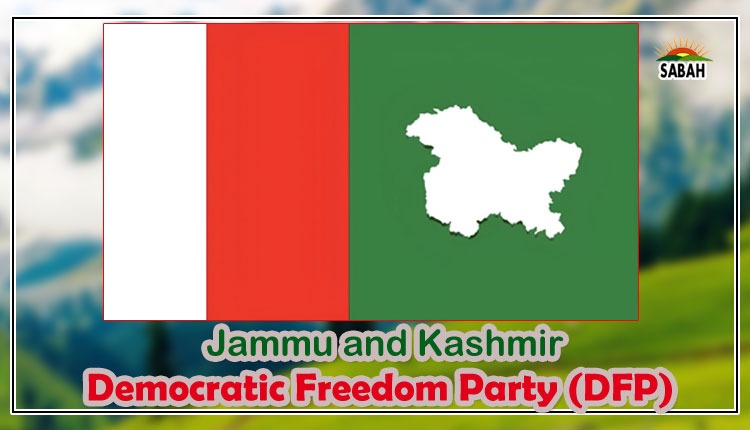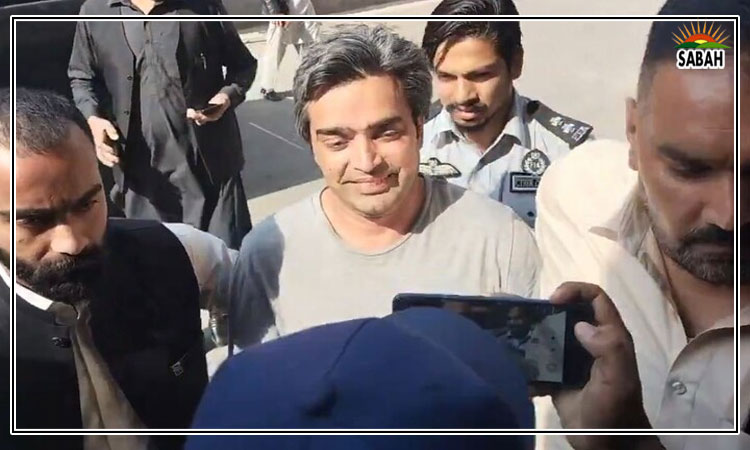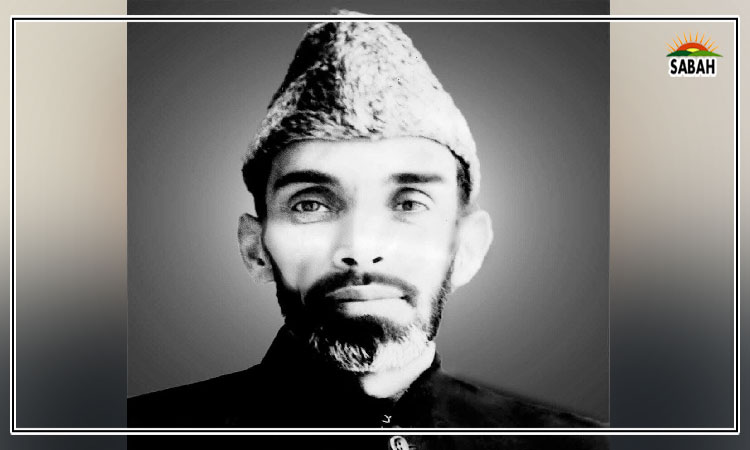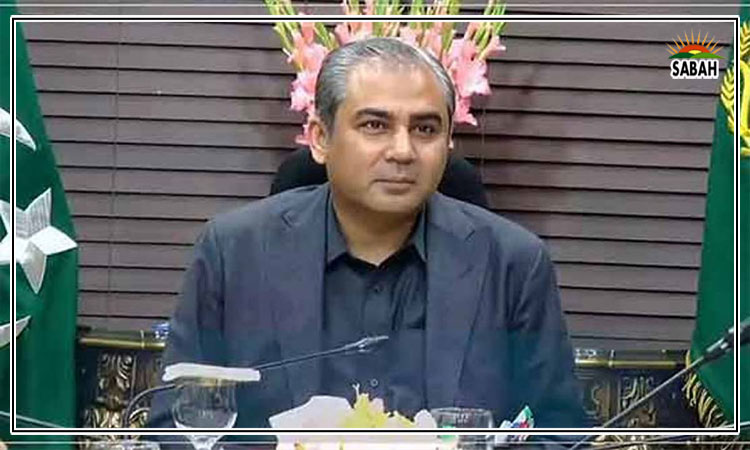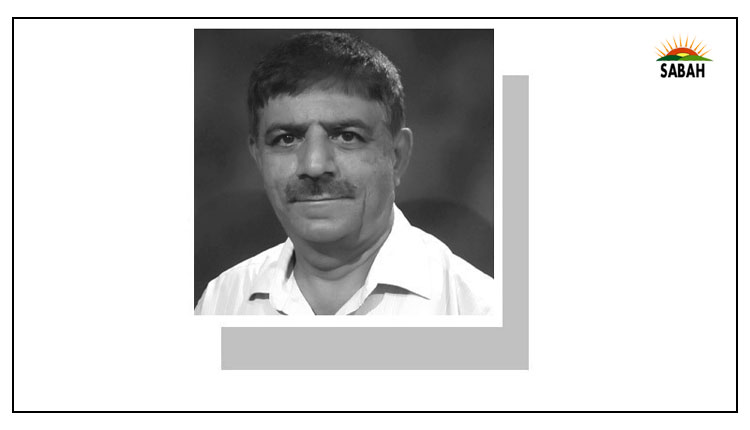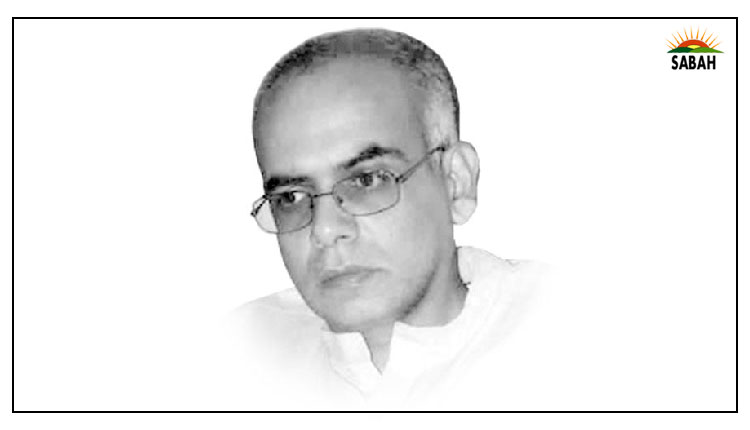R2P and the Israeli attack on Palestinians…Syed Mohammad Ali
The heavy toll of the Israeli assault on Palestinian civilians has prompted increasing calls for persecuting the Israeli state for war crimes and for what is widely being described as genocidal violence against a beleaguered people. Palestinians trapped in Gaza have had to pay a disproportionate price for a Hamas-led terror attack against Israeli occupation. A non-binding UN General Assembly resolution calling on Israel to implement a humanitarian truce was brushed aside by Israel, and no assertive action has yet been taken by the more powerful UN Security Council beyond aiming to increase humanitarian aid to Gaza.
The unfolding tragedy in Gaza is just the latest example of the international community’s inability to avert atrocities. It has been almost two decades since the Responsibility to Protect (R2P) principle was universally endorsed at the UN World Summit in 2005. R2P aims to prevent perturbing instances of genocide, ethnic cleansing, serious war crimes or other crimes against humanity.
The need for R2P emerged following the atrocities committed in the 1990s during the Yugoslavian and the Rwandan genocides. The failure of the international community to prevent such widespread carnage led the UN to spearhead an international debate on how to react to gross and systematic violations of human rights resulting in the endorsement of R2P.
R2P has three basic pillars. Pillar 1 holds individual states responsible for protecting their citizens from atrocities. Pillar 2 requires the broader international community to support individual states to fulfil their primary responsibility to offer protection to their citizenry. If a state is evidently unable or unwilling to protect its citizens, Pillar 3 then calls upon the international community to take needed action to ensure prevention of mass atrocities.
The three pillars of R2P have aimed to offer a multilayered approach to aver atrocities. However, implementing the three pillars of R2P has not been without contention.
R2P has been referenced in over 80 UN Security Council resolutions, in dozens of Human Rights Council resolutions and in many General Assembly resolutions to enable mostly preventive measures but also some coercive ones. However, such R2P-backed interventions have mostly taken place in poor conflict-ridden countries. On the one hand, such evocations indicate that collective action to protect vulnerable populations from harm is possible. On the other hand, however, the fact remains that R2P has not been effectively operationalised against any powerful state.
With the UN Security Council having the sole power to sanction R2P-based humanitarian interventions, it is impossible to not only use R2P against its permanent five (P5) members, but also against other nations which any P5 country wants to protect via its veto power.
Despite the explicit responsibility delegated to individual states, and to the international community at large, to prevent atrocities against ordinary citizens, citizens are suffering from grave atrocities in Syria, in Myanmar and in many other states around the world today.
Even when the international community responded to atrocities being committed by the Gaddafi regime in Libya, via UN-backed NATO airstrikes in 2011, R2P principles were not implemented in a comprehensive enough manner to provide meaningful support to Libyan citizens. Subsequently, the country is still experiencing major turmoil.
China and Russia have repeatedly been criticised for their refusal to allow the UN Security Council to evoke R2P to intervene in Syria, due to their geostrategic interest in supporting the Assad regime. However, the failure of the US and the UK to allow the UN Security Council to evoke R2P to even demand a ceasefire indicates that despite lip-service to an international consensus on averting atrocities, we still live in a world where might is right.
Courtesy The Express Tribune, December 29th, 2023.



